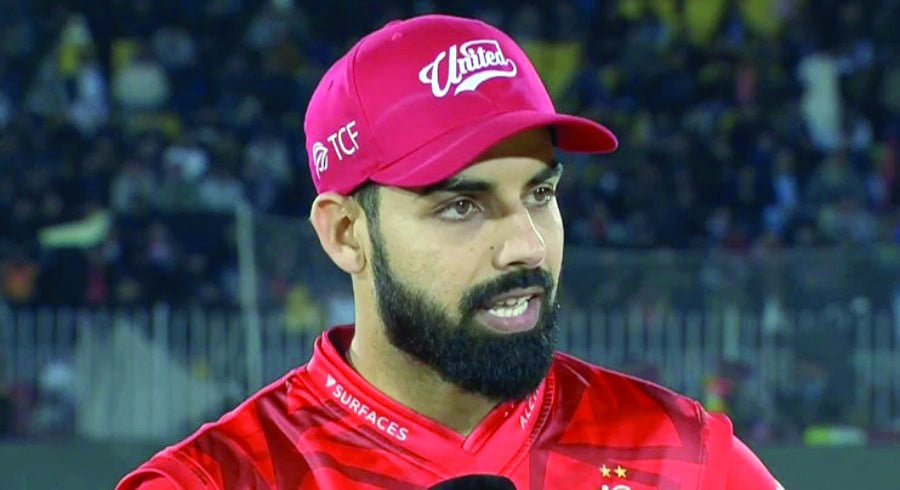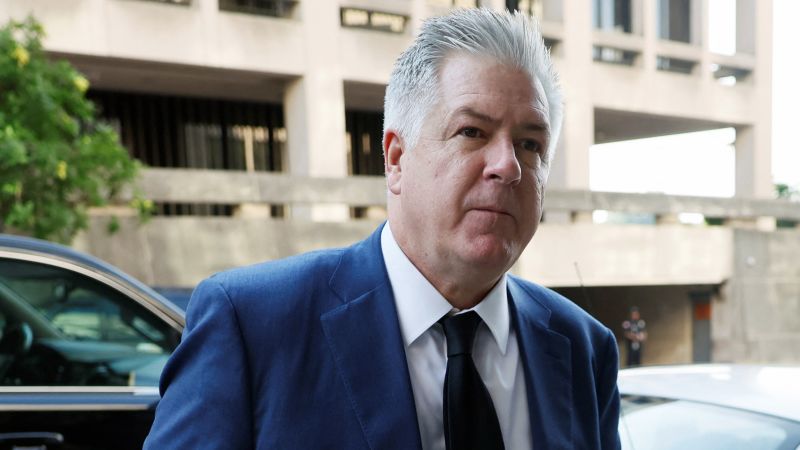Sean Ono Lennon is confident that the One to One: John & Yoko documentary “is going to be very revelatory for everybody who sees it. For sure.”
Present company excepted, however. “I do think I know my parents pretty well,” says Ono Lennon, who co-executive produced the film (along with Brad Pitt and others) and served as its music producer. “I knew about that time. It was only a couple years before I was born. My mother spoke about it a lot. I know a lot about their story, including (this time period), so I would not frame it that I learned something necessarily.”
Other viewers, however, will get a thorough look into one of the most dramatic 18-month periods in the couple’s lives — which, for anybody who knows about them, is saying something — from their move to New York City’s Greenwich Village in 1971 to the One to One benefit concert at Madison Square Garden on Aug. 30, 1972, Lennon’s only full-length performances after the Beatles’ 1970 split. One to One premiered at the Venice Film Festival last August, also showing at the Telluride Film Festival and Sundance Film Festival before its IMAX rollout on April 11. One to One opens wide in theaters starting April 18 and will stream on Max later this year.
Directed by Kevin Macdonald and distributed by Magnolia Pictures, One to One employs a montage-style collection of footage and sound recordings (some provided by the John Lennon Estate) to present Lennon and Ono primarily in their own words, without third-party narration. “Certainly Kevin and myself were sitting around in a room for quite a few weeks, scratching our heads — not in a bad way — deciding what direction we wanted to go in,” says co-director and editor Sam Rice-Edwards. “We didn’t want to make just another Beatles or Lennon documentary; there’s plenty out there, and this needed to be original and fresh.
“Kevin came up with the concept of presenting the world as John and Yoko would have seen it in 1972; we felt if you did that, and we also spent time with them, in a way, that was really what people hadn’t done before. We found moments where we felt like the camera wasn’t on them…which gave us a fresh look at John and Yoko and allowed (the viewer) to be with them in a way you hadn’t before.”
Ono Lennon — who acknowledges that left to his own devices “I probably would’ve made a live concert film” — felt the approach was “really effective in telling their story. It’s not easy to maintain such a complex story, but (One to One) does it very beautifully. If it was narrated it would’ve been more of an op-ed. This is a true documentary in that it allows the subjects to tell their own story.”
Using other period footage — snippets of TV shows, commercials, news footage, etc. — to provide a context for the time, One to One finds Lennon and Ono embroiled in strident political activism, including an association with Jerry Rubin, that made them targets for FBI surveillance and, ultimately, attempts to deport Lennon by the administration of then-President Richard Nixon. “It’s really a beautiful story because you realize they were willing to risk everything, their careers and even their personal safety, to fight for their political and moral beliefs,” Ono Lennon says. But, he adds, only to a point.
“I think an important message to glean from the film has to do with the way my parents reacted to the more extreme elements of the radical activists they were working with at the time,” he explains. “At a certain point they realized the people they we working with, or some of them — Jerry Rubin specifically — were proposing to do things that were not necessarily aligned with my parents’ philosophy of pacifism and peace and love. You witness the trajectory of my parents experimenting with the radical groups and then realizing that they’d sort of gone too far, and they had to pull back — not just because it became dangerous for them but because people who were arguing for potentially violent activism were basically becoming as bad as the people they were fighting, which is really an important message for today, too.”
Ono Lennon says that as a youth his mother spoke frequently about that particular time, including being “freaked out” about the FBI wiretaps on the couple’s phones. “My early childhood was chaotic, obviously, and a lot of stuff that was happening in the film, the echoes were still resounding throughout my childhood,” he recalls — which includes the FBI planting an agent with the family after Lennon’s assassination in 1980. He adds that Ono “never believed activism was worth losing your life over. She always felt like it’s important to protect yourself so you can keep on doing good. If you’re not alive, what’s the point? Some people glamorized certain revolutionary kinds of characters willing to resort to violence. She never admired those people, and I don’t, either.”
The grail find for the One To One documentarians was an unlabeled box of reel-to-reel tapes that held recordings of Lennon and Ono’s phone calls, which they began making when they discovered their lines were bugged. The conversations, with manager Allen Klein as well as a variety of employees and friends, were discovered by Simon Hilton, vice president of Multimedia Projects for the Lennon Estate, amidst the Lennon archives in New York. Rice-Edwards recalls that “we knew pretty quickly this was really important. Listening to John and Yoko, or the people around them, when they thought they weren’t being listened to was extremely revealing about who they were. And a lot of what they were talking about in the phone calls was relevant to events we were covering in the film.” Ono Lennon, meanwhile, considers the tapes “a pot of gold,” for the film as well as for himself.
The One to One concert materials have been released before, but Ono Lennon and the filmmakers went to great pains to correct shortcomings from the original source material, which was initially released as a TV special directed by Steve Gebhardt and featured appearances by some of the other acts, including Stevie Wonder, Roberta Flack and Sha Na Na. “There was some really crazy camera work,” Rice-Edwards says. “A lot of people working on the film, the camera people, were really high, so we had to work with that. But there was some really great stuff as well. That fact it was shot on film originally — in lovely 35mm — helped, and it was certainly good. We just treated it in the right way and made it the best we could.”
On the audio side, Ono Lennon found that “the recordings themselves were quite chaotic…. There were mics that were misplaced, and a lot of mics were moved between the matinee and evening shows. It seems like things were done in an improvised and last-minute manner. But we didn’t mind because it was more fun to have the challenge. I don’t want to give away too many of the tricks. I think there’s a reasonable amount of movie magic in there, let’s put it that way; it was a great time, technologically speaking, for us to reinvestigate the mixes. We have more tools than ever to bring out the best and turn down what’s undesirable. It did take a lot of work to get it where it is now, but that was part of the joy of doing it.”
He did come away with favorites among the performances, including sharpening the mixes of “Cold Turkey” and “Come Together” and hearing his father’s performances of the song “Mother.” “To see him sing that song, which is a very different style from Beatles music…His voice is so incredible and so moving,” Ono Lennon says. “It’s kind of shocking, honestly, and it’s very sweet as well…very vulnerable, but also powerful at the same time.”
His mother’s aggressive rendition of “Don’t Worry Kyoko” also resonated with him. “She had several styles (of music), but ‘Don’t Worry Kyoko’ is the more challenging, punk rock stuff…there wasn’t even (punk rock) yet. Some people might not have liked listening to it on the stereo, but when you see the show and see the audience live, it really does translate. It’s all about the energy, and the groove is there. It’s undeniably rockin’.” He adds that Ono, retired at 92, was not deeply involved with One to One but is “not unhappy with anything” about the film.

ONE TO ONE: JOHN & YOKO
Courtesy of Magnolia Pictures
Ono Lennon has finished work on a One to One soundtrack release slated for Oct. 9 in several formats and packages. The full two concerts will definitely be part of it, while additional performance content from the period — such as songs from Lennon and Ono’s stint on The Dick Cavett Show during September 1971 — is currently being discussed and licensed.
“Whatever we can put on we’re putting on,” says Ono Lennon, who’s also finishing work on a new album of his own. “I think we’ll put on basically everything that would make sense to put on it…to satisfy the hardcore fans.”







